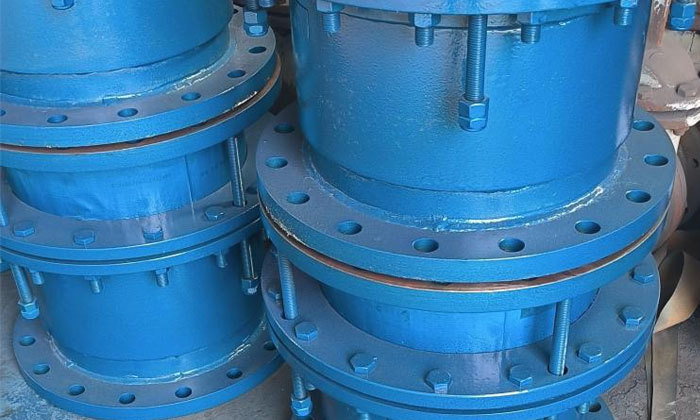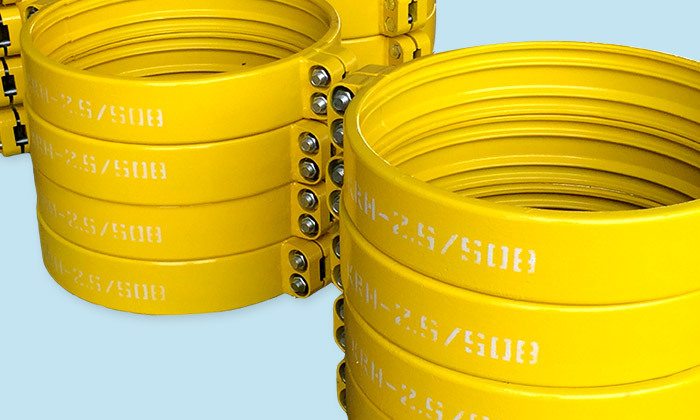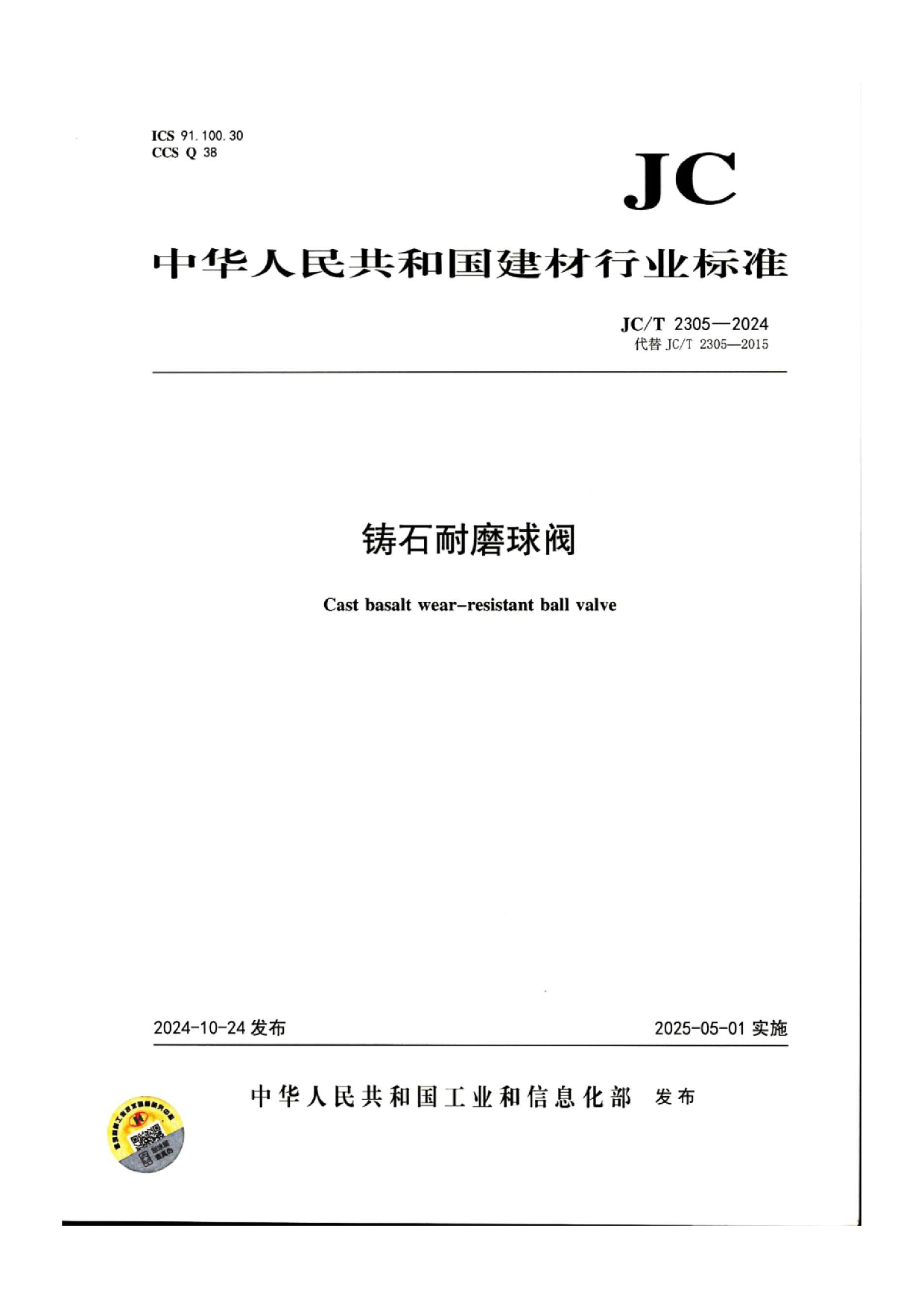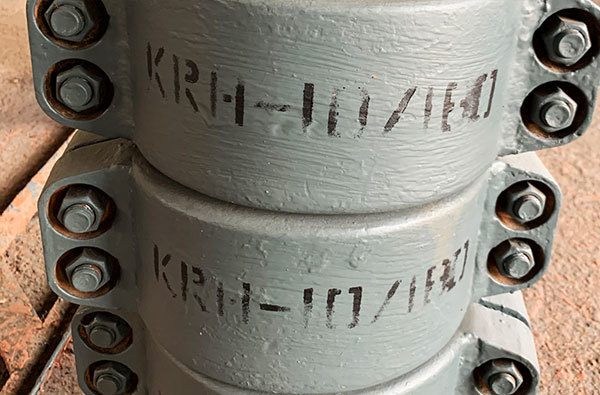Application scope and types of cast basalt plates
The forming processes for cast basalt plates include three types: melt casting, sintering, and hot direct casting. Cast basalt products have been widely applied in industrial sectors such as building materials, chemical engineering, metallurgy, and mining.
Cast stone plates are formed by three methods: solution casting, sintering, and hot direct casting. Cast stone products are widely used in building materials, chemical, metallurgical, and mining industries. In many equipment parts, cast stone is an ideal substitute for steel, iron, lead, rubber, and wood, possessing high wear resistance and acid-base corrosion resistance that surpasses ordinary metals. It also extends equipment lifespan, reduces maintenance time, improves production efficiency, and lowers product costs.
Cast stone plates are categorized into three types: ordinary, semi-custom, and custom shapes. Ordinary shapes include rectangular, trapezoidal, hexagonal, fan-shaped, and circular plates; semi-custom shapes include arc plates, chute lining plates, and straight gutter lining plates for ash and slag; custom shapes include hyperbolic plates, conical plates, sieve plate cast stone plates, and curved, variable diameter, confluence, bifurcation, and trifurcation plates for ash and slag gutters. A wide variety of equipment lining cast stone plates fall under these categories.
Applicable Scope:
Power Generation Industry: coal unloading chutes, coal hoppers, coal storage silos, dry coal screens, rotary car dumpers, slag removers, water treatment, etc.
Chemical Industry: corrosion-resistant flooring, pump foundations, etc.
Coal Industry: gangue bins, media tanks, scraper conveyors, bucket elevators, chutes, and wear-resistant liners in screen bottom hoppers, etc.
Iron and Steel Industry: high-furnace mixing bins, sintering bins, feeders, and pelletizers, etc.
Next
Recommended
















